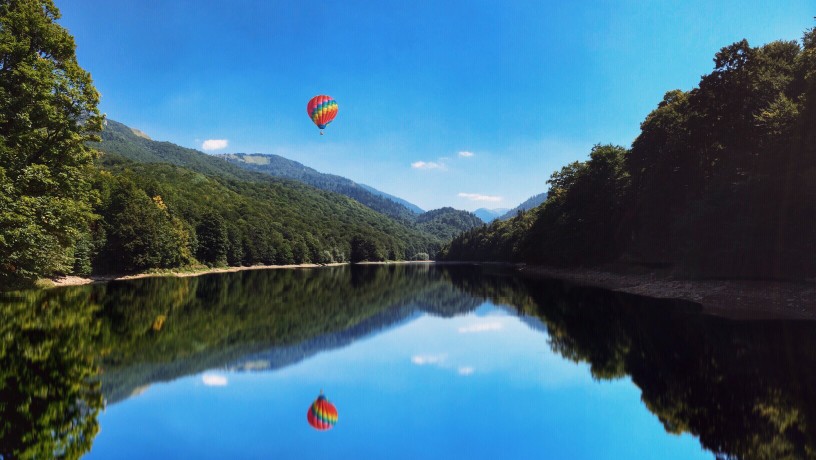The Juma Sustainable Development Reserve in Brazil is one of the most famous REDD projects. A recent post by REDD Monitor focuses on the project’s impacts on local communities. The article questions whether local people are receiving adequate compensation for their contribution to the project. REDD Monitor is an acknowledged source of information on REDD. The project was founded in 2001 and has received a great deal of international attention Forest Policy Research .

The Juma Reserve was designated by the federal government as a UNESCO World Heritage Site in 2008. It is bordered on the east by the Acari River, while its northern boundary is defined by the Madeira River. This protected area contains many species and is home to more than 1,000 species of birds. In addition, the Reserve’s watershed is protected by a state law that promotes sustainable use of natural resources.
The Reserve is a vast wilderness twice the size of Yosemite. It is located 125 miles south of Manaus, and is home to 380 local communities. To get a plot of land in the Juma Reserve, residents must attend two-day workshops on global warming. The land is monitored by satellite. If people renege on their plots, their debit cards are canceled. The communities are also provided with training on sustainable livelihoods, including harvesting berries, seeds, and rubber.
The SDS and CEUC plan for Juma REDD+ is a comprehensive plan aimed at curbing deforestation and greenhouse gas emissions. The program includes three sub-programs: Community-based agriculture, shifting agriculture, and wildlife management. The Bolsa Floresta Program is monitored annually. The Juma RED project documents its activities and plans. SDS’s website provides an extensive list of activities and reports.
In February 2017, a documentary by Belgian filmmaker Marie-Martine Buckens exposed the company’s failure to protect the land and protect the local residents. The film raised questions about the foundation’s commitment to the villagers. In response, the FAS does not mention the logging or attempt to address the concerns of the villagers. Moreover, the SDS’s website lists Viana as the lead author on almost all scientific papers.
The Bolsa Floresta program pays traditional communities for environmental services. This program includes three sub-programs: Sustainable income generation, Bolsa Floresta Family, and Social. All of these programs benefit the villagers directly, while also ensuring that the project will not degrade the natural landscape. It is a good example of how to build trust. This is a good way to start.
The Juma sustainable development reserve project in Brazil’s Amazonias state is a good example of a CCBS. It covers 589,612 hectares of forest, which is a significant contribution to the local economy. As a result, it is an important project for the region’s conservation. The development of the forest will protect the area from deforestation.